Health and Wellness Trends
The Dehumidifier Market is significantly influenced by the growing emphasis on health and wellness among consumers. As individuals become more conscious of the impact of indoor air quality on their overall well-being, the demand for dehumidifiers has risen. High humidity levels can exacerbate allergies and asthma, prompting consumers to seek solutions that improve air quality. The market data suggests that households with dehumidifiers report a marked decrease in respiratory issues, which further drives the adoption of these devices. This trend aligns with a broader movement towards healthier living environments, positioning the Dehumidifier Market as a key player in the health and wellness sector.
Increasing Humidity Levels
The Dehumidifier Market is experiencing a notable surge in demand due to rising humidity levels in various regions. As climate patterns shift, areas that were once considered temperate are now facing increased moisture in the air. This change has led to a greater awareness among consumers regarding the adverse effects of high humidity, such as mold growth and respiratory issues. Consequently, households and businesses are investing in dehumidifiers to maintain a comfortable and healthy indoor environment. According to recent data, the demand for dehumidifiers is projected to grow at a compound annual growth rate of approximately 6.5% over the next few years, indicating a robust market potential for manufacturers and suppliers in the Dehumidifier Market.
Regulatory Standards for Indoor Air Quality
The Dehumidifier Market is also shaped by increasing regulatory standards aimed at improving indoor air quality. Governments and health organizations are implementing guidelines that encourage the use of dehumidifiers in residential and commercial spaces to mitigate the risks associated with high humidity. These regulations often stem from concerns about mold, mildew, and other health hazards linked to poor air quality. As compliance with these standards becomes more critical, the demand for dehumidifiers is expected to rise. Market analysts indicate that adherence to these regulations could lead to a substantial increase in sales within the Dehumidifier Market, as consumers and businesses prioritize compliance and health.
Technological Advancements in Dehumidifiers
The Dehumidifier Market is witnessing rapid technological advancements that enhance the efficiency and functionality of dehumidifiers. Innovations such as smart technology integration, energy-efficient designs, and advanced moisture sensors are making these devices more appealing to consumers. Smart dehumidifiers can now be controlled remotely via mobile applications, allowing users to monitor and adjust humidity levels conveniently. Additionally, energy-efficient models are gaining traction as consumers seek to reduce their energy consumption and costs. Market data indicates that the introduction of these advanced features is likely to attract a broader customer base, thereby driving growth in the Dehumidifier Market.
Rising Construction and Renovation Activities
The Dehumidifier Market is benefiting from the increase in construction and renovation activities across various sectors. As new buildings are constructed and existing structures are renovated, the need for effective moisture control becomes paramount. High humidity can compromise building materials and lead to structural issues, prompting builders and contractors to incorporate dehumidifiers into their projects. This trend is particularly evident in regions with high humidity levels, where dehumidifiers are essential for maintaining optimal conditions during construction. Market forecasts suggest that the ongoing construction boom will continue to fuel demand for dehumidifiers, positioning the Dehumidifier Market for sustained growth.


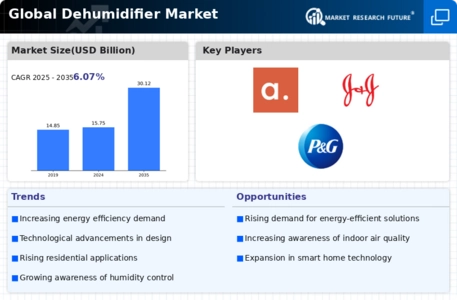

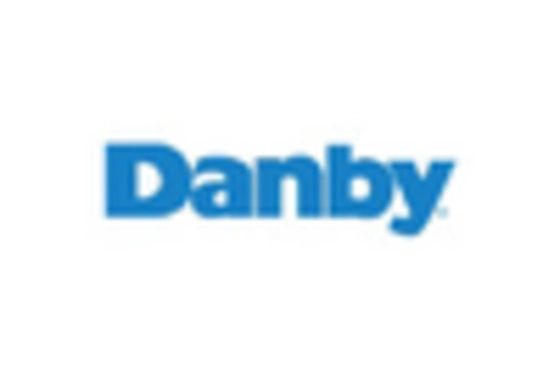
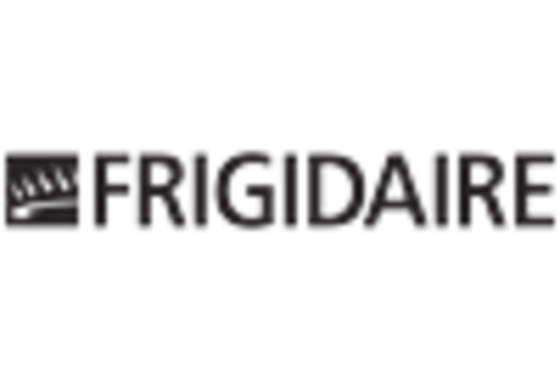


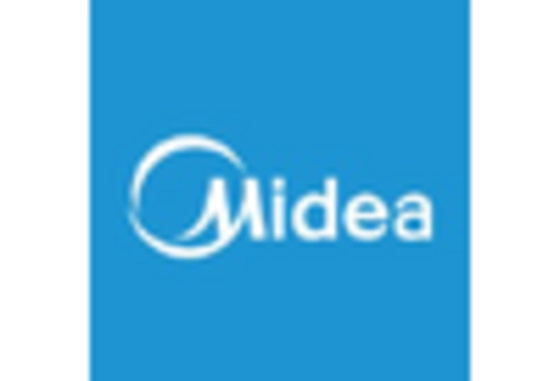
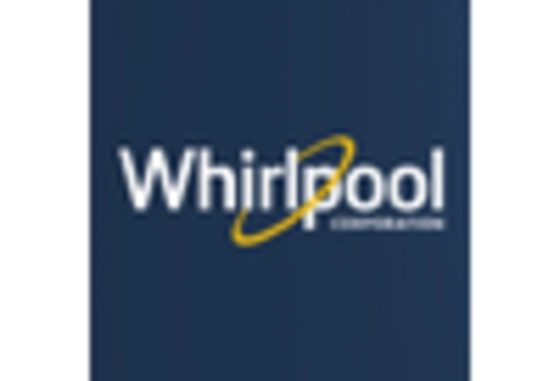








Leave a Comment